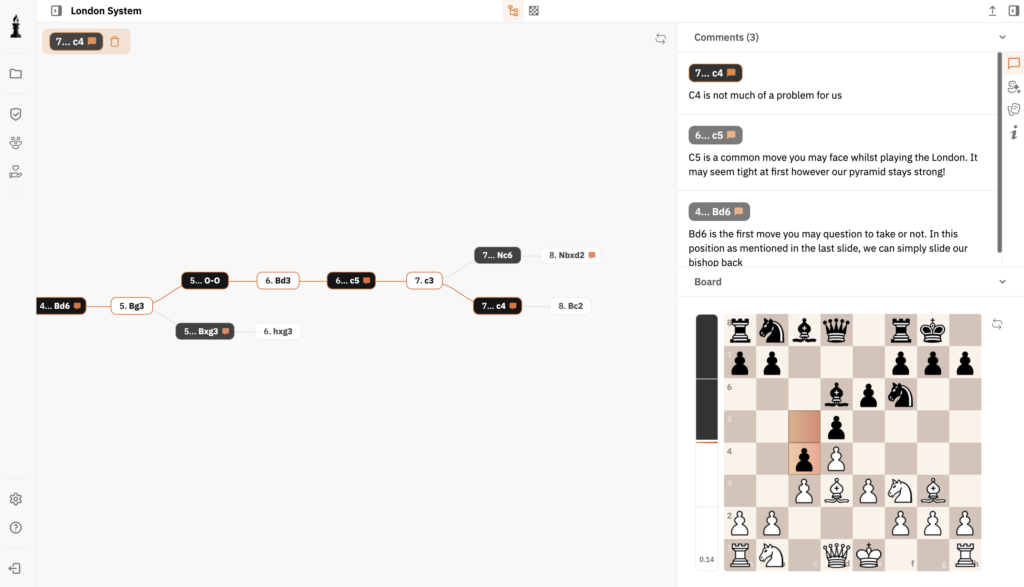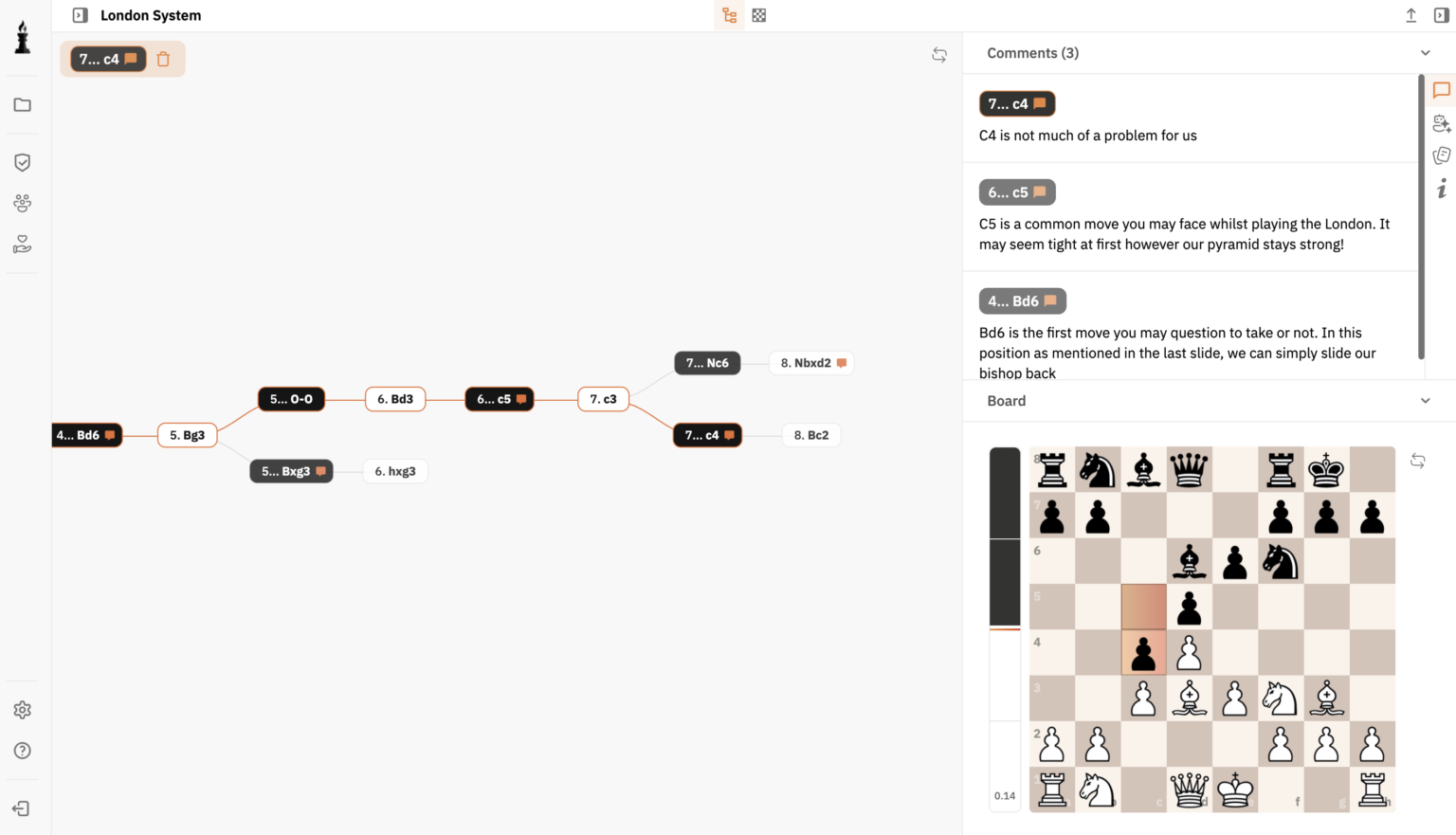Understanding Pawn Breaks
In the realm of chess strategy, pawn breaks hold a significant place. These are crucial moves where a pawn captures or offers to capture an enemy pawn, which can potentially open up the position, create weaknesses, or provide an advantage. Recognizing when and how to execute a pawn break can drastically change the landscape of the board.
The Role of Pawn Structure
A robust pawn structure often determines the nature of a chess game. The configuration of pawns can dictate whether a game will lean towards open or closed positions. For instance, a closed pawn structure might necessitate strategic planning for pawn breaks to liberate one’s pieces or attack the opponent’s weaknesses.
Common Pawn Breaks
Some standard pawn breaks include the c4-c5 break in King’s Indian Defense or the f4-f5 push in the French Defense. Each of these breaks has a particular strategic aim, whether it be to liberate developing pieces or force an opponent into a reactive position.
Strategic Benefits of Pawn Breaks
Executing a well-timed pawn break can have several strategic benefits:
-
Opening Files for Rooks: Effective pawn breaks often lead to open files, providing space for rooks to dominate.
-
Weakening Enemy Pawn Structure: By exchanging pawns, breaks can create isolated pawns or doubled pawns for the opponent, which become targets for attack.
-
Creating Passed Pawns: Successful pawn breaks can result in the creation of a passed or connected passed pawn, which are powerful endgame assets.
Caution with Pawn Breaks
Despite their benefits, pawn breaks must be executed with caution. An untimely or poorly calculated pawn break can lead to severe positional weaknesses, granting the opponent significant counterplay. Understanding the concept of opposition can aid in predicting potential responses and outcomes of a pawn break.
Practical Application of Pawn Breaks
Consider using the Chess PGN Editor to practice different pawn break strategies in various openings. Observing how grandmasters handle pawn breaks across their games in the Online Chess Database can provide invaluable learning experiences.
Case Study: The c5 Pawn Break
A prominent pawn break in many openings, particularly in the Queen’s Gambit Declined, is the c5 pawn break. This move challenges the center controlled by the opponent, potentially leading to a more dynamic position.
Conclusion
Pawn breaks in chess are strategic opportunities that offer dynamic possibilities within a game. Recognizing and executing these breaks can significantly alter the course of a match, putting players in a position to gain strategic superiority. As you refine your skills, using tools like Chess Games Analysis will help enhance your understanding and application of pawn structures and breaks.
Pawn breaks are pivotal in altering the pawn structure, opening files for rooks, and creating tactical opportunities like weak pawns for the opponent or creating passed pawns that can advance.
In the King’s Indian Defense, the c5 pawn break is common. It is vital in gaining space and challenging the central pawn structure of the opponent.
Pawn breaks can create weaknesses by disrupting the opponent’s pawn structure, potentially leading to isolated or doubled pawns which become targets for attacks.
ChessFlare offers tools like the Chess PGN Editor and Online Chess Database to study and practice pawn breaks across different games, enhancing strategic planning and understanding.





